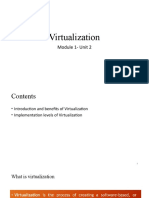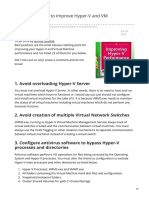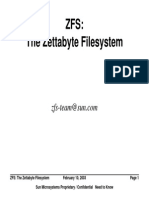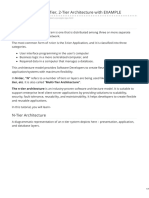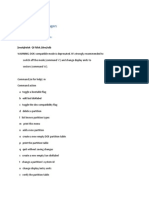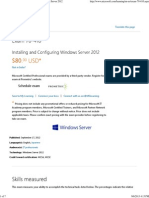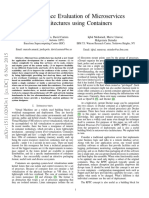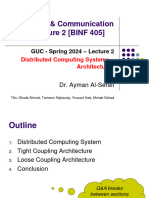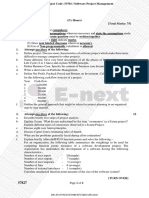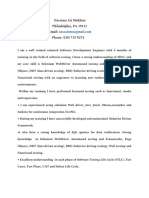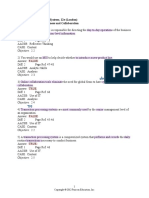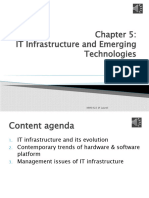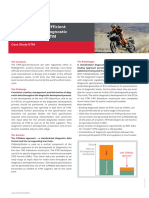0% found this document useful (0 votes)
184 views53 pagesLecture 5 Slides
This document discusses a lecture on virtualization. It begins with an introduction to virtualization and its benefits, such as improving hardware utilization. It then covers virtualization mechanisms like virtual machines that allow multiple operating systems to run on a single server. The document discusses different types of virtualization and how virtualization can enable shared website hosting through virtual private servers. It concludes with a discussion of virtualization technology and the difference between non-virtualized and virtualized systems.
Uploaded by
sh6k2hr6w8Copyright
© © All Rights Reserved
We take content rights seriously. If you suspect this is your content, claim it here.
Available Formats
Download as PDF, TXT or read online on Scribd
0% found this document useful (0 votes)
184 views53 pagesLecture 5 Slides
This document discusses a lecture on virtualization. It begins with an introduction to virtualization and its benefits, such as improving hardware utilization. It then covers virtualization mechanisms like virtual machines that allow multiple operating systems to run on a single server. The document discusses different types of virtualization and how virtualization can enable shared website hosting through virtual private servers. It concludes with a discussion of virtualization technology and the difference between non-virtualized and virtualized systems.
Uploaded by
sh6k2hr6w8Copyright
© © All Rights Reserved
We take content rights seriously. If you suspect this is your content, claim it here.
Available Formats
Download as PDF, TXT or read online on Scribd
/ 53


